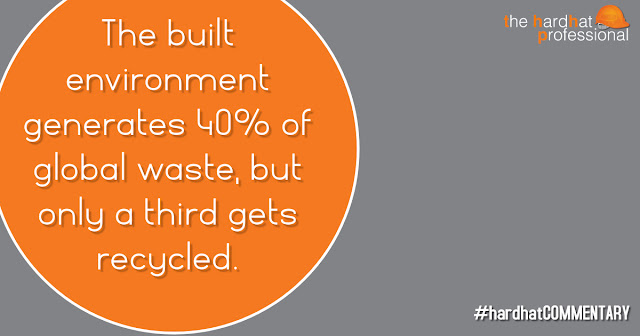In a high-performance workplace culture, employees are highly motivated, leading to enhanced efficiency in daily operations and improved customer experiences. Word-of-mouth about the positive and productive culture further enhances recruitment and employee retention. Organizations that cultivate a high-performing workplace, understand their strengths and weaknesses. This self-awareness allows them to focus on areas where they excel and identify opportunities for improvement. The source for this article is COURANT You can also follow our WhatsAPP channel here for more hardhatCAREERTIPS.
- Get link
- Other Apps

Comments
Post a Comment